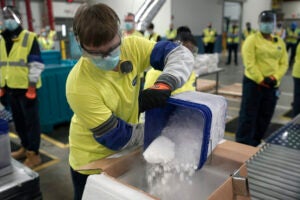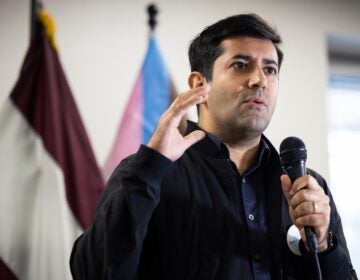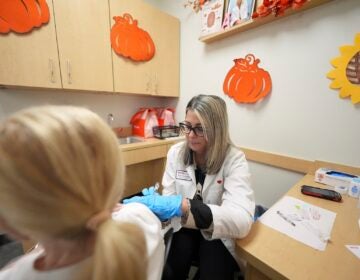How nurses can be at the forefront of battling pandemic misinformation
Experts at Penn say nurses can play a major role by offering access to and helping patients understand accurate health care information.
Listen 1:15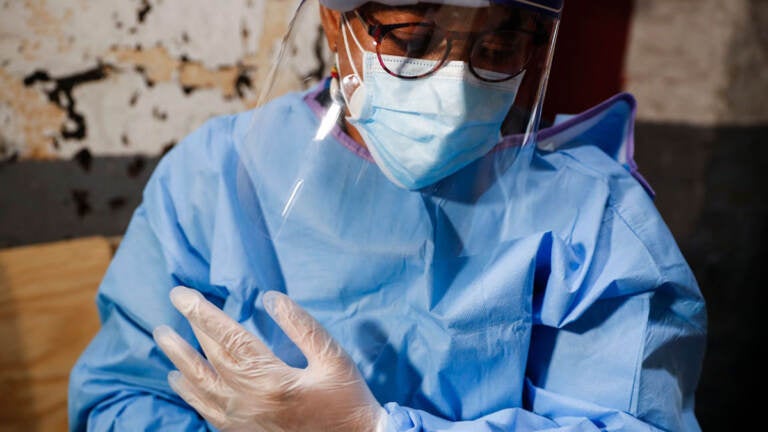
A nurse at work during the early days of the pandemic. (AP Photo/John Minchillo)
Misinformation took off as the pandemic took hold, and it has led to confusion about everything from effective treatments for COVID-19, to masking, to vaccines.
Experts at the University of Pennsylvania say nurses can play a major role in holding back that tide because they work regularly with patients who may have been exposed to bad information and can offer corrections when needed.
In an article, “Preventing the Spread of Misinformation,” recently published in American Nurse Journal, lead author Antonia Villarruel, the dean of nursing at Penn, says nurses are at the forefront of combating misinformation.
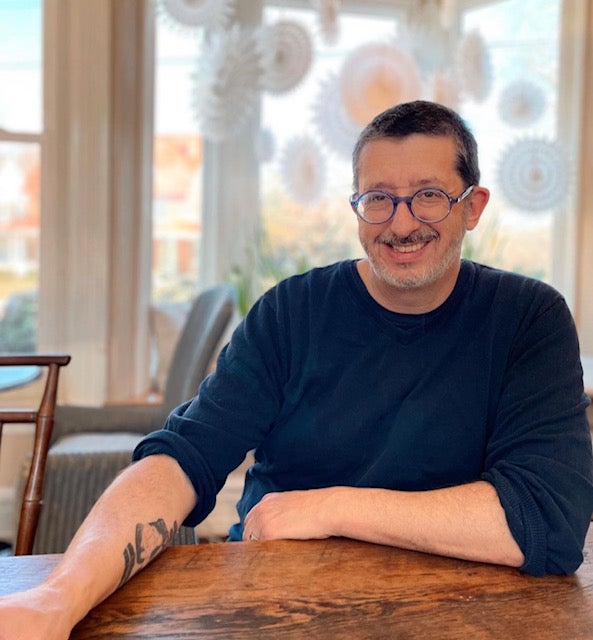
Written to explain the “infodemic” — as U.S. Surgeon General Vikek Murthy has referred to the problem — the article tells why people and medical professionals might not have all the facts.
It is based on a study Villarruel worked on for the National Academy of Medicine to help YouTube quickly sift through information. She found that nurses are pivotal in battling health misinformation, but they are not alone in the fight.
“We started with identifying institutions and sources of credible information like universities and health care systems, but there are also individuals and health care providers who may not abide by similar principles or have beliefs that they’re trying to promote.” Villarruel said in an interview with WHYY News. Medical professionals must have a wide knowledge base that will allow their patients to make decisions based on facts, she said.
Health and science literacy for nurses and patients is at the forefront of Villarruel’s message. She said information can be translated and simplified through nurses who have and provide access to multiple sources to their patients.
“We have to craft our messages and then we, as individuals, need to also have some level of health and science literacy, and I think we can help in garnering that as well.” Villarruel said.
In a time of quick information — when social media offers visually appealing and digestible bits in contrast to more densely worded peer-reviewed publications — making sure that the right information is conveyed can pivot the struggle with misinformation. “We need to involve the population that we’re trying to serve, to see how they receive our messages and to see what reaction they get to see if they can translate that into `What it is that I need to do in my daily life in order to take care of myself and my families?’” Villarruel said.
Villarruel’s co-author, Richard James, nursing liaison librarian and clinical outreach coordinator for the University of Pennsylvania Libraries, said one specific tool that will help combat misinformation is the CRAAP test — which stands for currency, relevance, authority, accuracy, and perspective.
“And some of these rubrics that were developed by librarians in some cases just provide users the structure for critically breaking down a piece of information and seeing what the most pertinent aspects of it are about reliability and authority credibility,” James said in an interview.
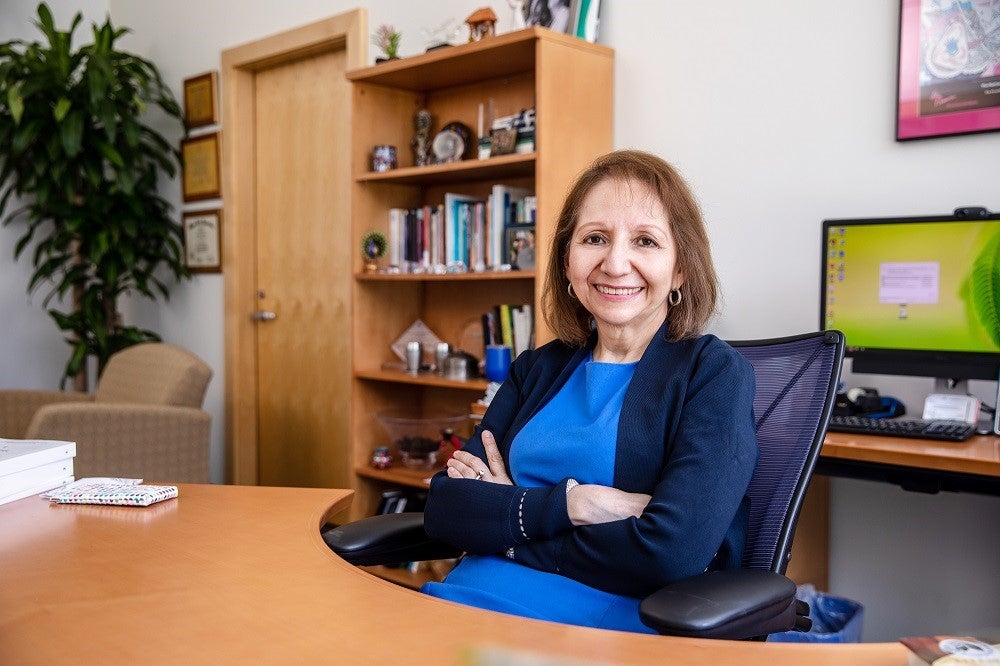
As an academic librarian, James knows that there is a great deal of outdated and unreliable information out there.
He also knows the CRAAP method can be used when evaluating information on social media.
“It’s really an outgrowth of our professional responsibilities not only to identify books and journals and websites that provide top-quality health information, but also to work with people to give them tools and processes and a context for doing the work themselves,” he said.
Both Villarruel and James noted that access to scientific and research journals often is limited to the public, whether because of paywalls or subscriptions, or because the information is simply too much to comprehend.
James said many publishers are starting to format their information like magazines, or they are adding infographics, along with videos and plain language that everyone can understand.
“Because it is time-consuming, it does require that they engage in partnerships that may be new to them to work in a format for a purpose that is a little bit novel to them,” he said.
Those partnerships can be with nurses and medical staff, as Villarruel noted.
“I think they’re being able to correct misinformation and to do it in a way that’s not judgmental,” Villarruel said.
The most important thing nurses can do is provide the information, point out what it means, and not judge the choices people make once it is given to them.
Weeding out the right social media platforms and the role they play in patients’ lives is also important for nurses to consider.
“You can’t get people to trust you as a trusted messenger if you don’t treat them with respect, so that’s just number one.” she said.
She added that nurses and medical professionals can create a safe environment for learning and correcting misinformation.
“I think it’s the balance that we have as health care providers, but we are trusted professionals because we listen and because we support, and that’s what we all need to do.” she said.
WHYY is your source for fact-based, in-depth journalism and information. As a nonprofit organization, we rely on financial support from readers like you. Please give today.




![CoronavirusPandemic_1024x512[1]](https://whyy.org/wp-content/uploads/2020/03/CoronavirusPandemic_1024x5121-300x150.jpg)
